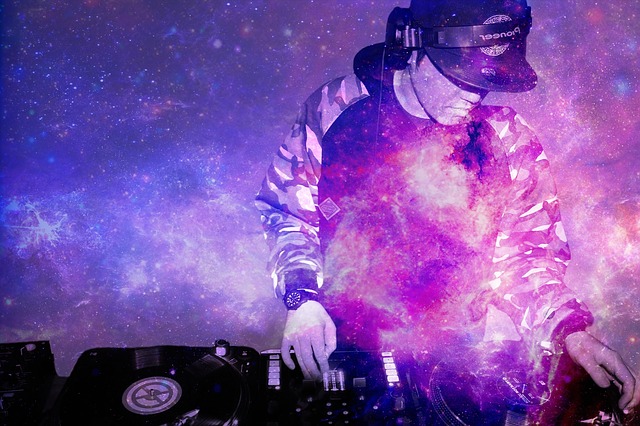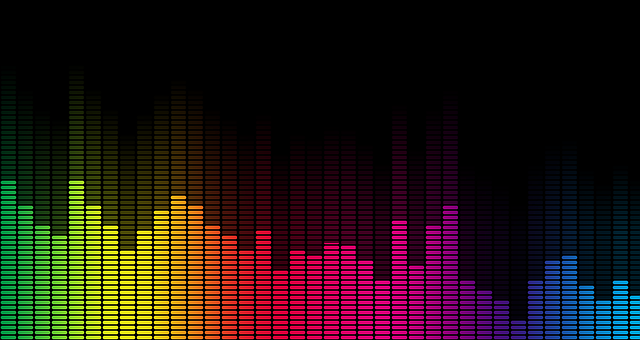Hip-Hop music history is filled with the fascinating mixing of styles and culture. Mixing up Latin, Hispanic, and African-American cultures, the inner city sprouted hip-hop into a hard driving, exhilarating beat, that included practices of a record scratching, rapping, graffiti and break dancing
Rapping is from the 1960s slang meaning to have a conversation between people to benefit enlightenment. Enlightenment is a commonly recurring theme during the course of hip hop music history, as reflected in lyrics telling stories of life lived within some of the most perilous metros in America. The art of being a DJ brought the scratching and thumping beat of new rhythms to the spoken rap cultural poetry. Later versions of hip hop music would adapt these styles and fuse it with a more fundamental background.

The roots of American hip hop music can be traced down to western Africa and in various foreign cultures. The vocal style of popular rap is also found in the griot tradition, where one, a griot, wanders from town to town, astonishing people with his knowledge of history and his talent in music. Over the years, the impact of early American hip hop music received some dramatic contributions from freestyle street performers trying to make a living in depressed regions of the city.
Jalal Mansur Nurriddin and Gil Scott-Heron were two poet-artists who were big influences in the music in the 1960s. From the Bronx came a blend of hip hop and soul combined with funkadelic beats that led to the creation of some of the best street music ever heard. Add into the mix a rise in Jamaican immigrants, and you have the beginnings of the hip hop culture in America.
 The influence of the disc jockey started to make its mark in the industry during the 1970s and 80s. Everywhere from dance clubs to recording studios, a defining moment for hip hop music history began. Spoken lyrics combined with a pulsing back beat, the outcome: break dancing. Dancers started appearing in street corners of every major city in the US, energetic, filled with creativity and the ability to express themselves in the most vibrant ways. Break dancers, with their boom boxes playing mixed tapes of rap and hip hop, let the music receive much attention by using their mesmerizing display of awesome moves that dazzles the crowd.
The influence of the disc jockey started to make its mark in the industry during the 1970s and 80s. Everywhere from dance clubs to recording studios, a defining moment for hip hop music history began. Spoken lyrics combined with a pulsing back beat, the outcome: break dancing. Dancers started appearing in street corners of every major city in the US, energetic, filled with creativity and the ability to express themselves in the most vibrant ways. Break dancers, with their boom boxes playing mixed tapes of rap and hip hop, let the music receive much attention by using their mesmerizing display of awesome moves that dazzles the crowd.
Rap and hip hop began to diverge from each other in the 1990s, forming a new chapter in hip hop music history. Rap started to sing about and advocate violence, among peers, against law enforcement, and practically everyone else who stands in the way. The music became a guilty pleasure for those looking to express their dissatisfaction with their lives. Hip hop kept the nature of its beats and became more poetic, freestyle competitions were organized all across the city. The inner city was being heard by listeners in a big way, and they like what they heard, even if their parents didn’t.
After 2000, the hardcore rappers were gone, grown older and using their popularity to try their hands at new careers, like acting. Now, new successors to hip hop use their notoriety to get fans rebuilding their cities instead of tearing it down, they use softer and more romantic language and develop their own style. Where hip hop music leads to from here would be indefinite, but it’s certain that the new generation of artists would be interesting to watch.
We hope you have enjoyed this article. Please feel free to contact us with any questions or comments.
Other Related Articles:
